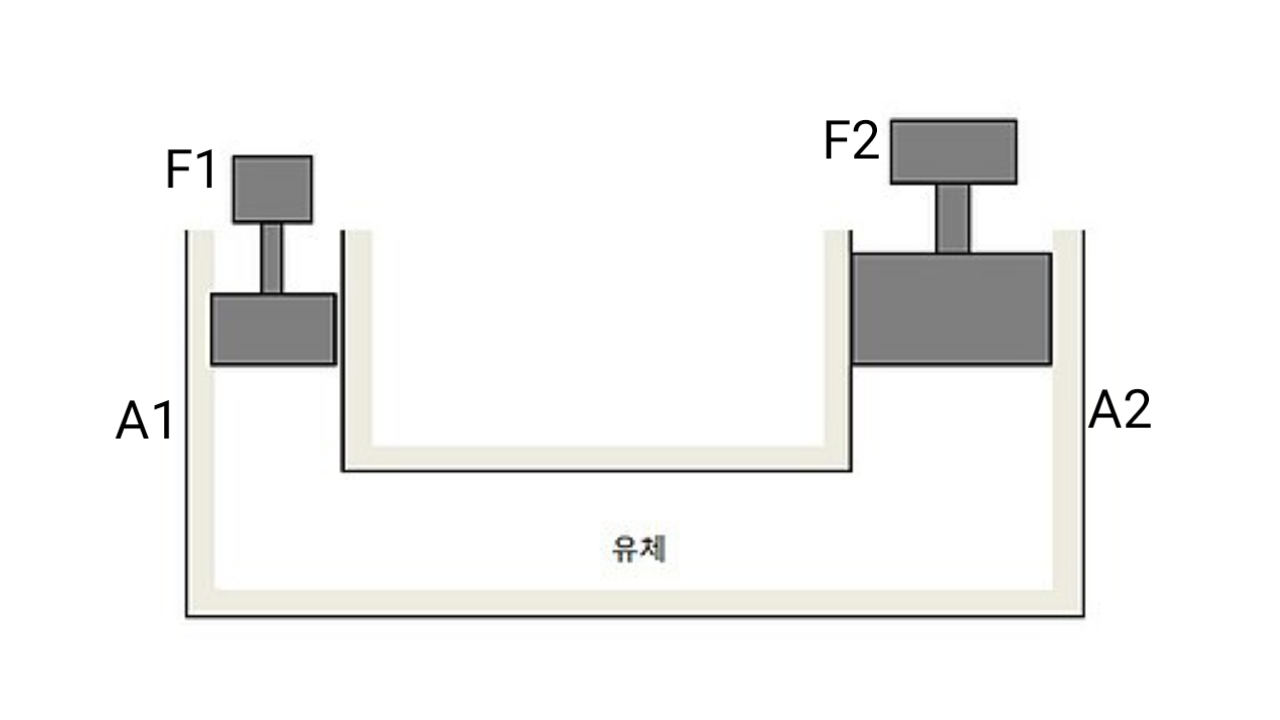How does hydraulic pressure system work?
How does hydraulic pressure system work?
Any heavy and difficult task in today's world, such as: lifting heavy objects with the help of a hydraulic crane, breaking any hard object instantly with a hydraulic press, JCB for cutting soil, hydraulic jacks for lifting heavy vehicles, unloading cargo from dumper trucks, etc. In more and more cases, hydraulic pressure systems are used.
So today we will learn how the . pressure system works and its uses, advantages, and disadvantages.
What is a hydraulic pressure system?
The word hydraulics comes from the Greek words (húdōr) meaning water and (aulós) meaning pipe. Hydraulics is a technology that uses pressurized fluids such as water or oil to transmit power and create controllable force and motion.
And the system that uses a pressurized fluid to perform the functions of a machine part, such as lifting, pressing, bending, etc., is called a hydraulic pressure system.
How do hydraulics work in Physics?
Any type of hydraulic system in the world works according to Pascal's law.
Pascal's formula is:
"A change in pressure at any point in a stationary fluid in a closed container is transmitted continuously to all points."
It means,
If a closed container or cylinder is completely filled with a fixed liquid and pressure is applied at any point, the pressure will be applied equally at all points in the container. To understand the matter better, refer to the figure below.
Now according to Pascal's law, the same amount of pressure exerted on the smaller piston will be exerted on the larger piston.
Let me explain it more simply.
Suppose,
The area of the small piston, A1 = 2 m²
A force of 20 N. F is applied on the small piston Then according to the formula of pressure,
Pressure = Force / Area
That is,
P1 = F1 / A1
Or, P1= 20 / 2
P1 = 10 n/m²
Now let's see how many tons of force can be created by applying the same pressure to the large piston,
Here, assuming the volume of the large piston to be A2 = 10 m², we again apply the formula,
P2 = F2 / A2
Or ,10 = F2 / 10
F2 = 10×10
F2 = 100
That is, if a pressure of 10 n/m² is applied to a small cylinder, it creates a force of 20 Newtons (N), and if the same pressure is applied to a large cylinder, it creates a force of 100 Newtons (N). From this it can be understood that the larger the volume of the large cylinder, the more force is obtained. And this is how the hydraulic system works.
How hydraulics work in a crane?
We have already learned how a hydraulic system works, now let's see how it is used in large cranes. Large cranes have some parts to operate the hydraulic system. For example:
1. Oil tank
2. Pump
3. 3-phase motor / engine
4. Cylinder enclosed by piston
5. 4 way valve
Now with the help of the figure below, let us see how the hydraulic system works in the crane using the above devices








No comments